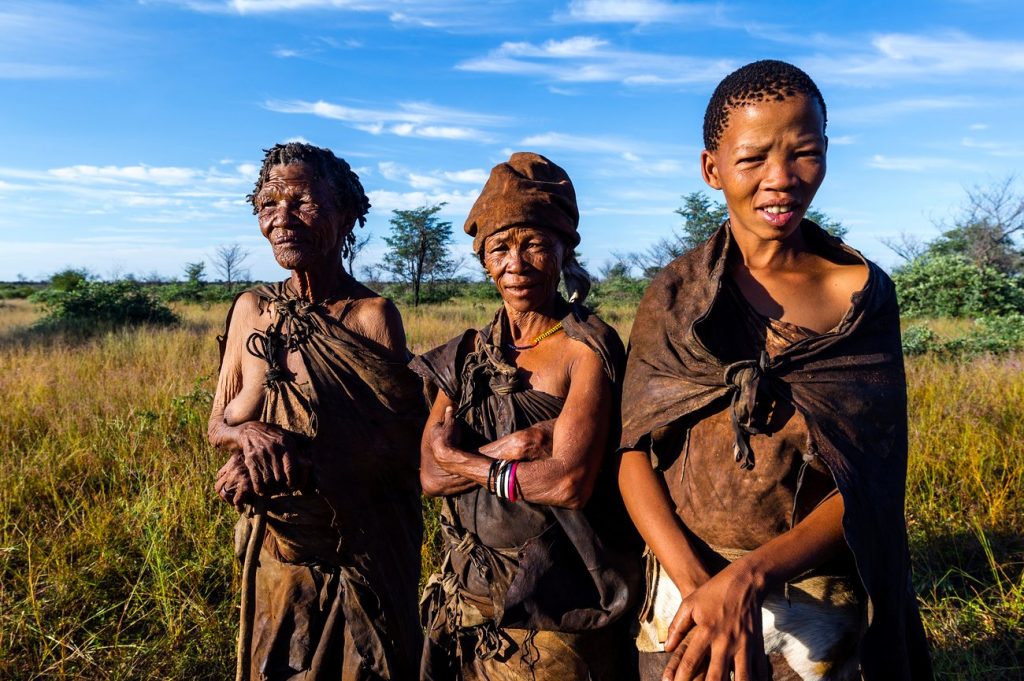
Photograph: Jason Edwards/National Geographic/Getty Images/
The Botswana police helicopter spotted Tshodanyestso Sesana and his friends in the afternoon. The nine young Bushmen, or San, had been hunting antelope to feed their families, when the chopper flew towards them.
There was a burst of gunfire from the air and the young men dropped their meat and skins and fled. Largely through luck, no one was hit, but within minutes armed troops arrived in a jeep and the nine were arrested, stripped naked, beaten and then detained for several days for poaching in a nature reserve.
Welcome to 21st-century life in the vast Central Kalahari game park, an ancient hunting ground for the San, but now off-limits to the people who forged their history there. The brutal incident took place last week, just days after Botswana’s wildlife minister Tshekedi Khama, the brother of President Ian Khama, announced a shoot-on-sight policy on poachers.
Khama claims the policy, which is supported by conservation groups, will deter poaching and the illegal wildlife trade, which is widely seen by Europe and the US as disastrous for biodiversity. But there are no rare or endangered species such as elephants or rhinos in the areas where the bushmen hunt. Sending a helicopter gunship and armed guards to arraign the hunters looks rather like an escalation of the low-grade war that Botswana has waged for years on one of the most vulnerable indigenous groups in the world.
For the past 20 years, the San have been systematically stripped of their homes, land and culture. In a series of heavy-handed evictions, houses have been burned, schools and health centres closed, and water supplies cut off. Now these people live, dispossessed, on the edge of the huge game park, forbidden to hunt in or enter the land they have lived on sustainably for centuries.
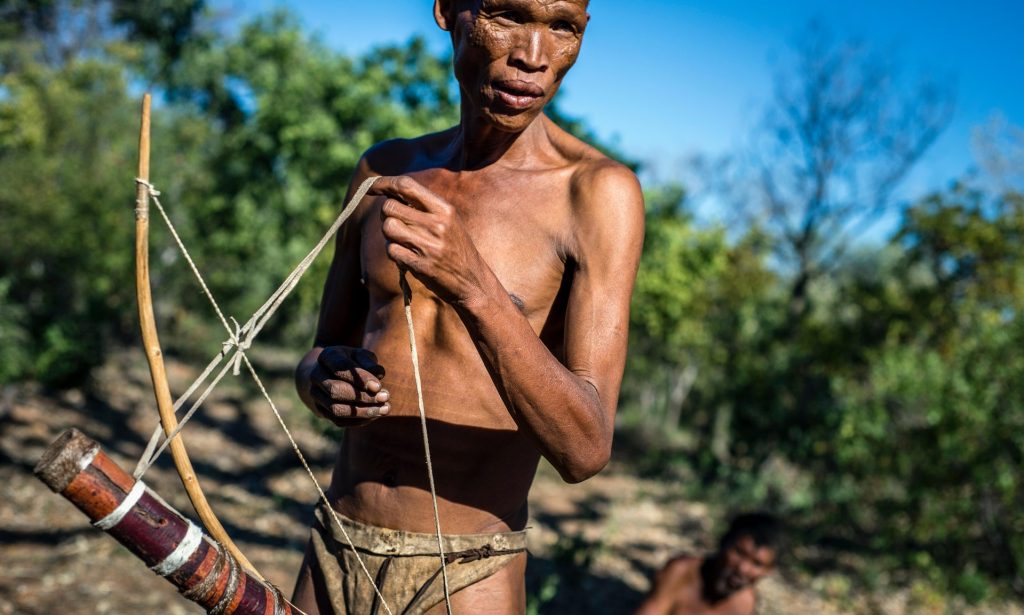
Photograph: Alamy
Meanwhile, one of the largest diamond mines in the world has been allowed to open in the park, and wealthy big game hunters from abroad are welcomed to newly constructed state-of-the-art game lodges. Is this conservation, or something more akin to bullying of the weak and exploitation of the land in the interests of the powerful?
What has happened in Botswana is happening all over the world, according to an increasingly vocal group of campaigners, academics and environmentalists. They claim that indigenous peoples are being appallingly treated and abused, all in the name of a conservation philosophy that carries a heavy human cost. In order to make room for wildlife, tourism and industry, governments are using conservation as a pretext to drive the world’s most endangered peoples away from the lands and animals they have lived with for generations.
This week, the issue will be raised in Hawaii at the International Union for Conservation of Nature’s congress. “The world’s most vulnerable people are paying the price for today’s conservation,” says Victoria Tauli-Corpuz, UN special rapporteur on the rights of indigenous peoples. She has already sounded the alarm at the UN over the impact that conservation is having on tribal peoples in Kenya, Uganda, Bangladesh, Namibia, Botswana, Ethiopia, South Africa, Argentina, Chile and Ecuador.
Tauli-Corpuz will tell the congress that nature conservation is not working for people or for wildlife. “Houses are still being burned down, and people are being displaced violently. Protected areas continue to expand, yet threats against them are also increasing,” she will say. Vulnerable tribal peoples are being removed by force from India’s tiger reserves and forests; tribal groups such as the Ogiek and Sengwer, the San, Maasai and Baka are being forced out of forests and wildlife-rich plains in Africa; and from Thailand to Ecuador, Cameroon to Bangladesh, ethnic groups are being dispossessed in the name of protecting nature.
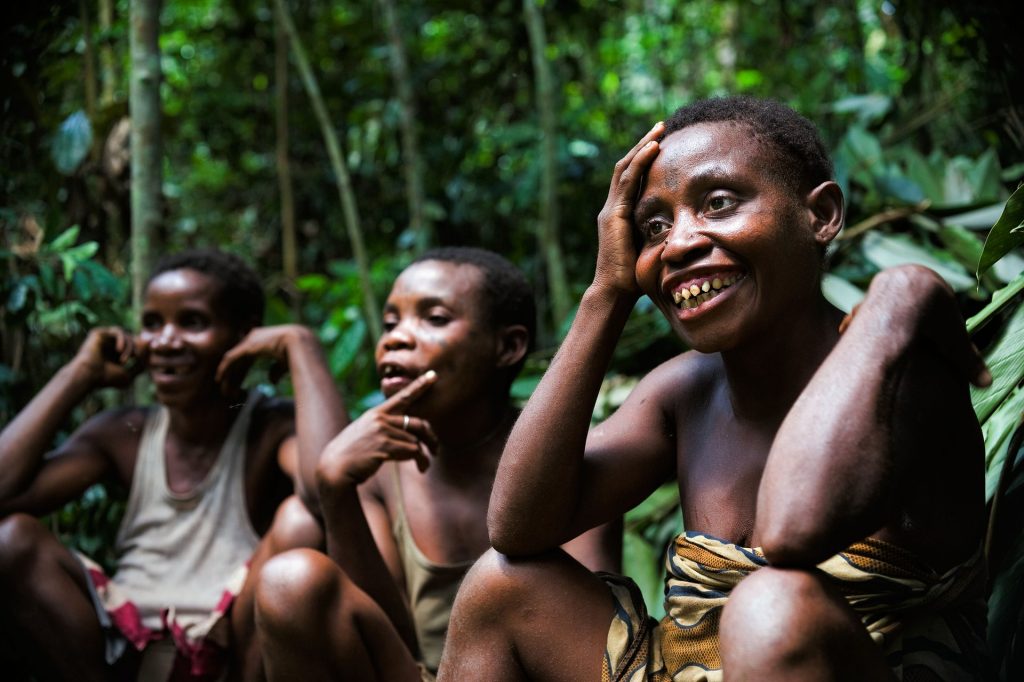
Photograph: Alamy
“It is happening all over Asia and Africa. We can agree with the goals of conservation, but if these protected areas are then being overrun by mining companies, what is the point of conservation?” Tauli-Corpuz said.
What’s more, human rights groups claim, governments are accessing wealthy conservation groups based in the US and Europe to take advantage of the billions of pounds of conservation money being offered by global banks, northern governments and foundations for climate change and biodiversity protection. The international money duly flows in, but recipient governments are not abiding by international laws to protect communities.
“Governments like conservation because there is a lot of money in it. It brings money from the Global Environment Facility and elsewhere. But when your economic priority is to generate money from conservation, you want to get rid of people from these protected areas. That is what is now happening,” Tauli-Corpuz told the Observer.
Most of the world’s 6,000 national parks and 100,000 protected places have been created by the removal of tribal peoples. Hundreds more parks are being created every year as countries commit to meeting the UN’s goal to protect 17% of land by 2020. And the human toll is rising accordingly. “Eviction numbers are declining,” says Rosaleen Duffy, a political ecologist at Sheffield University. “There are still large-scale, violent evictions, generally in national parks, but they are less common now. But much more common is the everyday form of exclusion [of tribal groups] which makes it impossible for anyone to live in protected areas.”
Gonzalo Oviedo is head of social policy at the IUCN. He told the Observer: “Conservation has changed a lot. Governments are more likely now to restrict the rights of people who live in protected areas. They may ban hunting, or farming, the cutting down of trees or fishing. The effect is to force people to move.
“They are more careful now about evictions. But in practice they are reducing access to resources and reducing people’s ability to live in protected areas. People in reserves may not be allowed to do anything. They are often poorer than they were before, and the impact can be bigger than if they are moved out,” said Oviedo.
Simon Counsell, director of the UK’s Rainforest Foundation, agrees: “Much conservation is still in the mindset of being in opposition to people. The ‘conservation v people’ approach to protecting wildlife has worsened the lives of thousands of native people.”
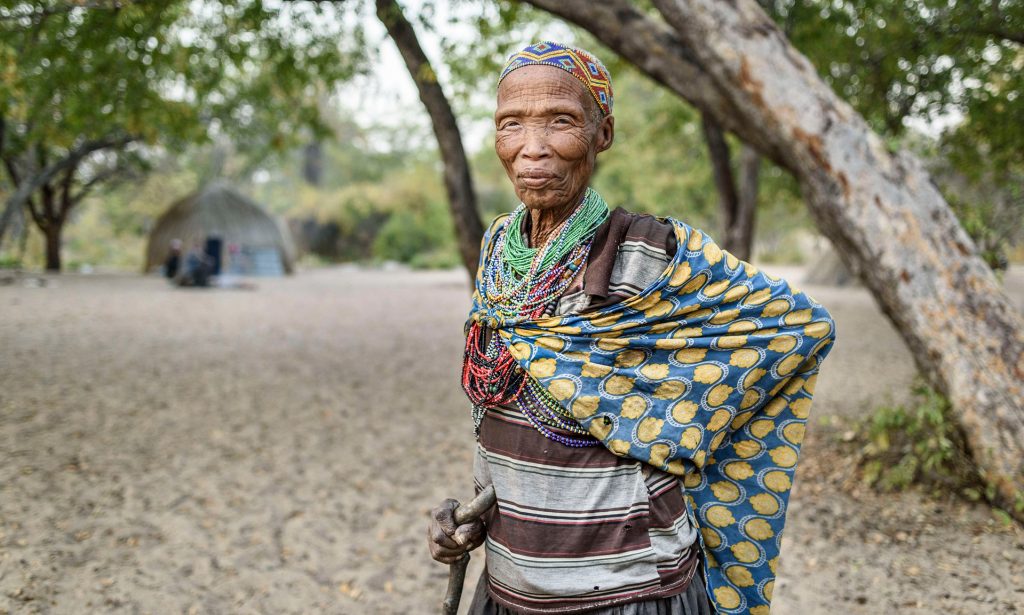
Photograph: Jorge Fernández/LightRocket via Getty Images
The foundation this year documented dozens of cases of human rights abuses in central Africa, where up to $500m has been spent in the last decade by the US, EU and other western donors to protect the world’s second largest swath of rainforest.
The irony is that “anti-people” conservation doesn’t appear to be having a beneficial effect on wildlife and may in fact be self-defeating. Analysis this year of 34 large protected areas in Congo DRC, Cameroon, Gabon, the Central African Republic and the Republic of Congo found that conservation had displaced villages and led to conflict and multiple human rights abuses – and that animals including elephants, gorillas and chimps were still declining at alarming rates anyway.
“Conservation is clearly not working,” said Counsell. “Despite billions of dollars being poured into protected areas over this period and in spite of legally binding commitments to respect people’s rights, there was evidence that local indigenous and local communities across the world continue to pay a heavy price for protected areas,” he said.
“A new model of saving nature is urgently needed because the anti-people agenda now being practised by many countries is not working and undermines attempts to protect nature. Not only is the present anti-people model which is being practised unjust. It marginalises the very people who have protected forests for millennia and who represent one of our best hopes for doing so in the future.”
Meanwhile, tension is mounting between human rights groups who seek to protect people and conservationists who are paid to effectively run protected areas for government. The ill-feeling came to a head this year when the WWF was accused by tribal defence group Survival International of funding and logistically aiding anti-poaching eco-guards in Equatorial Africa. The guards were allegedly victimising pygmy groups in the region.
According to a 228-page complaint made to the OECD, the Baka people in Cameroon had been forbidden to enter many of their traditional hunting areas, despite the fact that their hunting is reported to have minimal impact on the environment.
The WWF responded that it provides human rights training for the eco-guards, and that it was working in a complex area overrun with military groups. Adjudication by the OECD on that row is expected shortly.
According to Duffy: “Some groups are in danger of becoming complicit in government wrongdoing. They rely on national governments to allow access. Some have very significant links with corporates and corporate sponsorship, and tend not to be very critical of what is going on. It can be difficult for them to talk out of turn. Some facilitate the process.”
The IUCN’s Gonzalez believes conservation groups and western governments need to monitor what is happening on the ground far more closely. “A lot has changed in the big groups but there is still a lot to be done. Countries often impose no conditions on money for conservation. EU countries give money but do not have sufficient safeguards on how it is used. They don’t care what is going on. But multilateral groups like the World Bank have social safeguards and are more careful now. Why don’t governments have the same safeguards? Foundations and private money also do not care much about the impact of their spending,” he said.
According to Kristen Walker at Conservation international’s Policy Center for Environment and Peace, the big conservation groups are attempting to adapt to often difficult dilemmas and relationships. “We can find ourselves in tricky situations. We are invited guests in countries, but we also try to advocate and support communities, too. There are countries we have pulled out of because we felt we could not work there, and in some places people expect us to be more outspoken advocates.
“Governments sometimes look at the short term. We have adopted a rights-based approach and we are guided by an indigenous advice group. There has been a lot of change in conservation in 10 years. But how do you make sure governments are not shortsighted? How do you make sure communities are recognised? These are challenges,” she said.
The lobby in favour of returning more protected land to the original “owners” is growing. Studies by the Centre for International Forestry Research and the World Bank have found that when traditional communities are given full legal rights to their land, they protect the environment efficiently and cheaply.
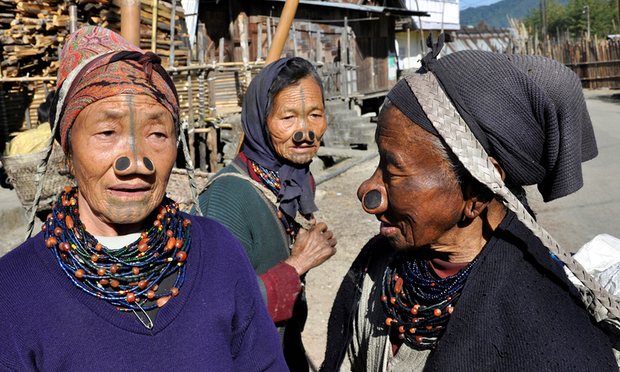
Photograph: AGF/UIG via Getty Images
“In India, tribal peoples face arrest and beatings, harassment, threats and trickery and feel forced to ‘agree’ to leave their forest homes. But the evidence proves that tribal peoples are better at looking after their environment than anyone else”, says Sophie Grig of Survival.
“In the BRT tiger reserve in southern India where tribal people have been allowed to stay, tiger numbers have increased at above the national average. There is no reason to believe that evicting tribes helps tigers. In fact, it’s harming conservation.”
In Hawaii this week, Tauli-Corpuz will make the same argument. She will tell delegates that indigenous-owned lands are effective at resisting deforestation in Brazil; that in Namibia, community-based wildlife management has resulted in significant growth in wildlife populations; and in the US and Australia, indigenous peoples manage protected areas effectively. “Studies have demonstrated that the territories of indigenous peoples who have been given land rights have been significantly better conserved than the adjacent lands”.
Leading environmentalists and human rights advocates, including Noam Chomsky, Jonathon Porritt and Ghillean Prance, agree. Last year they appealed to conservationists to protect endangered tribes. In a letter to the Guardian, they stated: “Tribal peoples have managed their lands sustainably for generations. Forcibly removing them usually results in environmental damage. Such removals are a violation of human rights. The cheapest and quickest way to conserve areas of high biodiversity is to respect tribal peoples’ rights. The world can no longer afford a conservation model that destroys tribal peoples: it damages human diversity as well as the environment.”
The argument is still a long way from being won. But could 2016 be the year that some of the world’s most ancient tribes began to return to the land of their ancestors?
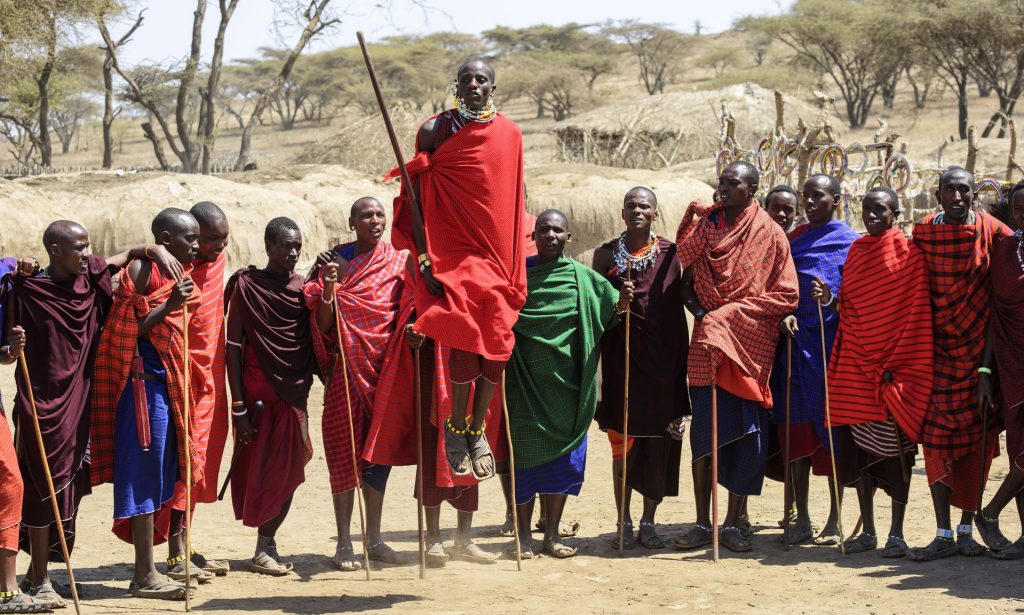
Photograph: Design Pics Inc/REX/Shutterstock
MAASAI
Thousands of pastoralist Maasai groups in Tanzania have been evicted from a 1,500 sq km area close to the Serengeti, Maasai Mara and Ngorongoro national parks. The government has tried to remove them to establish exclusive game-hunting in the area. In 2009, a mass eviction left more than 200 homes burned and 3,000 people homeless.
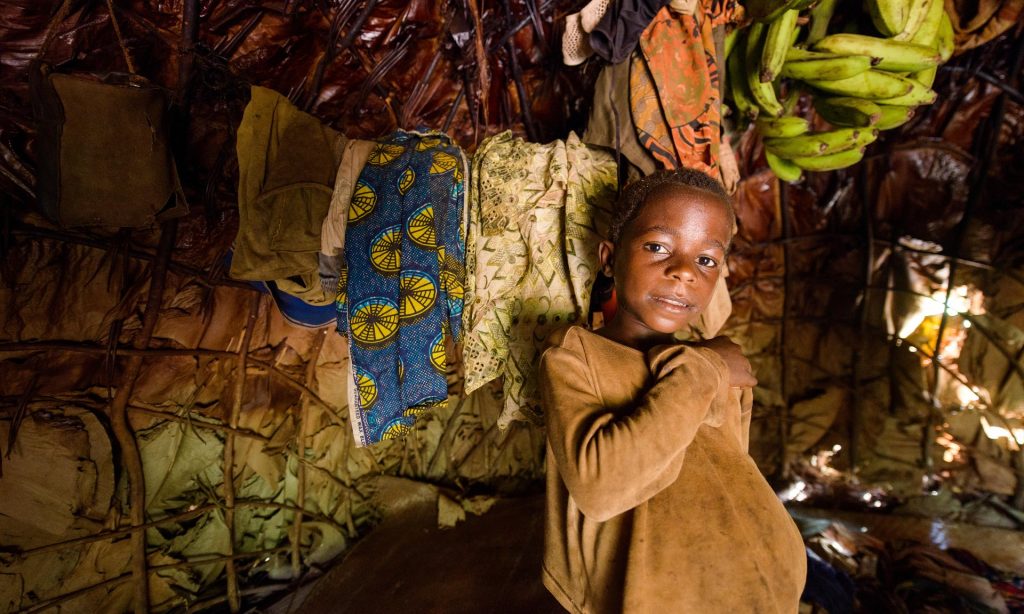
Photograph: Alamy
BAIGA
Thousands of these tribespeople in India are being forcibly evicted from Kanha tiger reserve, though they do not hunt tigers and have lived in the forests with the animals for centuries. Many other adivasi, or tribal groups, are under notice to leave their forest homes to make way for tourism and tiger conservation. The Baiga have now set up a project to “save the forest from the forest department”.

Bushmen girl
Photograph: Jorge Fern?ndez/LightRocket via Getty Images
BAKA
The indigenous forest pygmy tribe which lives near Nki national park in south-east Cameroon, and the Bagyeli ethnic group of South Kribi have been forced out of their forests or massively restricted in what they hunt and fish. The groups says that they have become squatters on their own land, with entry into the forest restricted.
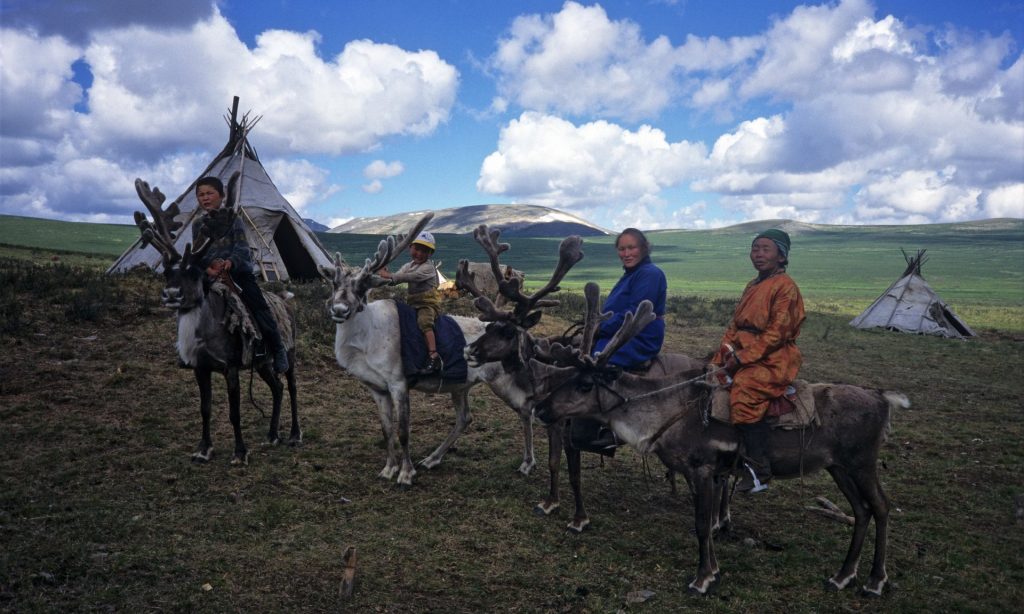
Photograph: Alamy Stock Photo
HMONG
Thousands of ethnic Hmong and Karen hill tribes groups in northern Thailand have been displaced from their forests after they were designated national parks or protected areas. The groups have been classed as “illegal occupants” or “squatters” even though they have been living there for more than 100 years. The Hmong and Karen are routinely blamed for resource degradation but say their traditions protect nature.
BARMAN
These tribespeople, who have lived in the forests of central Bangladesh for centuries with other ethnic groups, have been evicted or prevented from living in traditional lands rezoned by the government as protected reserves in the 1980s. They are now restricted in where they live, move, and what they grow.
SENGWER
Kenya Forest Service guards have for years harassed and tried to evict Sengwer indigenous people from the western highlands. The 5,000 hunter gatherers were barred from their ancestral forests in 1964 but continue to return. Many now live in makeshift homes, camped out on roadsides.
SAN
The San, or Bushmen, peoples of the Kalahari desert in Botswana have been outlawed from their traditional lands to make way for tourism and mining. Even though they have lived in the desert for generations, they are considered a threat to wildlife. In a series of evictions, they have had their homes destroyed and water cut off and have been restricted from hunting. In 2006 the high court granted the Bushmen the right to return to their land, but the government has continued to enforce a permit system.
OGIEK
The Kenyan government has long been seeking to drive the Ogiek and others from the Mau forest to protect national water supplies and wildlife. The forest has been severely degraded after an influx of logging companies and illegal settlers, but the Ogiek, who have lived there for centuries, say they are not responsible and are resisting eviction. Many communities have had their homes burned but continue to fight to return.
DUKHA
The nomadic reindeer-herding Dukha tribe of northern Mongolia are struggling to survive after being banned from hunting in the name of conservation. Their traditional land was declared a protected area in 2013 and they face prison and restrictions on where they migrate to and hunt. The Dukha have hunted sustainably for generations, with their own strict rules governing the number of animals they can kill, and when and where they can hunt.
LICKAN ANTAY
The Lickan Antay indigenous people from the Atacama desert in northern Chile live in a state-protected reserve but have been overwhelmed by tourism and conservation which leaves them little water and restricts them from access to many places. “Before the creation of the reserve there wasn’t a single tourist, and suddenly they’re everywhere. Our existence is now a constant battle,” says one member of the community.
WANNIYALA-AETTO
The “forest people” of Sri Lanka were evicted from their homeland in what is now the Maduru Oya national park. Until recently, they hunted deer and wild boar, and collected honey, fruit and nuts. Today, they live outside their forest with small plots of land to grow rice and vegetables. They need a permit to enter the forest and those caught hunting risk arrest and violence.

